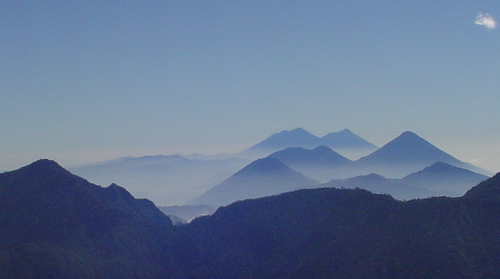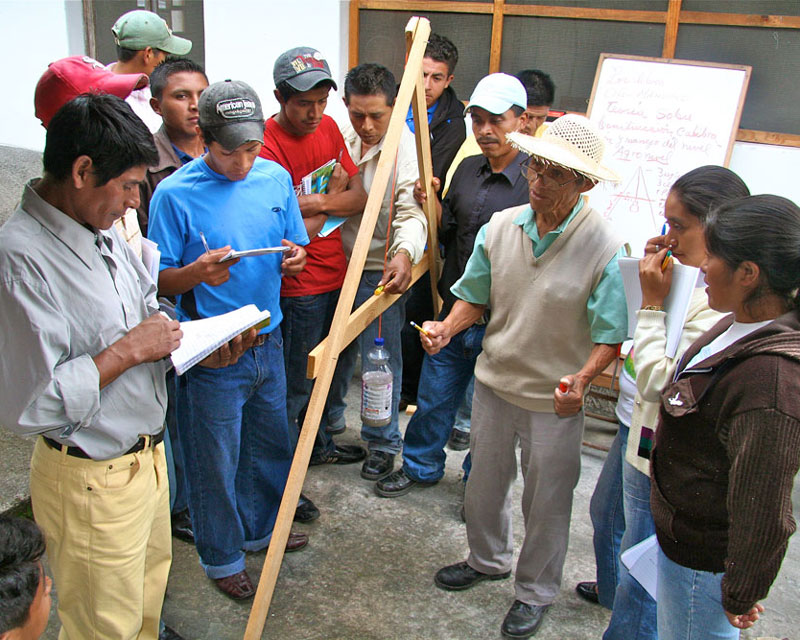
La Semilla del Progreso: Agricultural Training – HONDURAS
La Semilla del Progreso began in 1993 as a training center for sustainable agriculture with financial assistance from the Swiss Development Cooperation and another local agricultural training center. Since its founding La Semilla has worked in 10 of the 18 states of Honduras and provided training for well over 5,000 smallholder farmers. The primary emphasis of its work is to reduce food insecurity while simultaneously increasing resilience to the impact of extremes of weather brought by climate change.
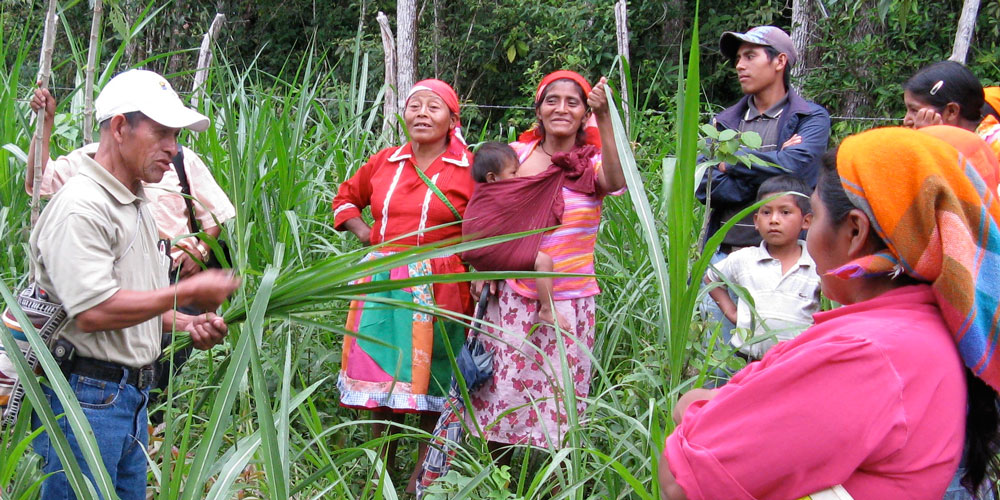
EPIC began working with La Semilla del Progreso in 1999 in a joint response to Hurricane Mitch which stuck in Honduras, on Oct. 1998. Following this disaster response. EPIC began supporting La Semilla’s programs designed to give local small-holder farmers the tools to increase yields and make farming a real option for being able to adequately feed their families and make a living. During the last decade, La Semilla has been specifically preparing farmers for weather extremes by emphasizing resilient food production. Each family is advised to plant food crops that like lots of water and crops that do well with little. They teach multiple strategies to manage water, conserve and enrich soil, and control pests. Farmers with hillside farms implement these water conservation practices to hold rainwater and allow it to sink in slowly.
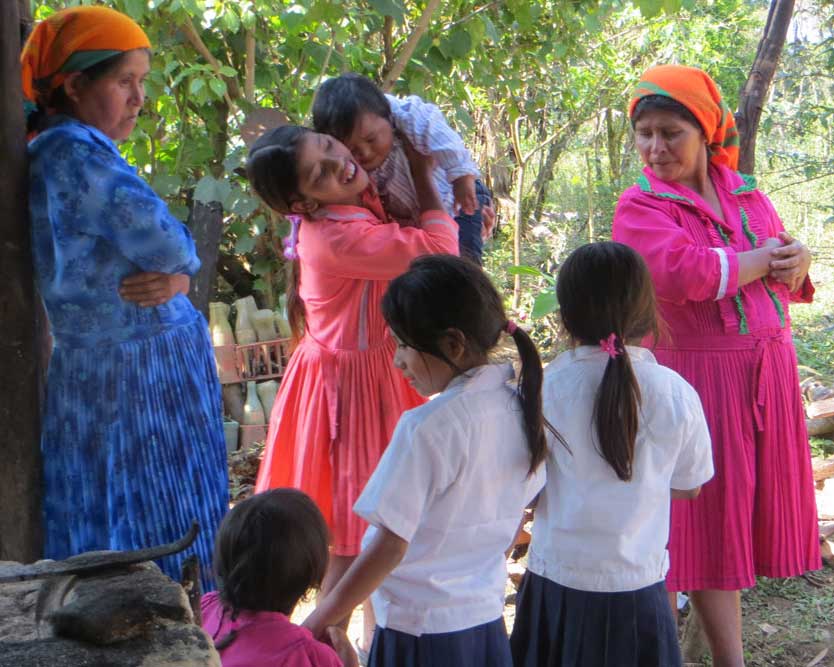
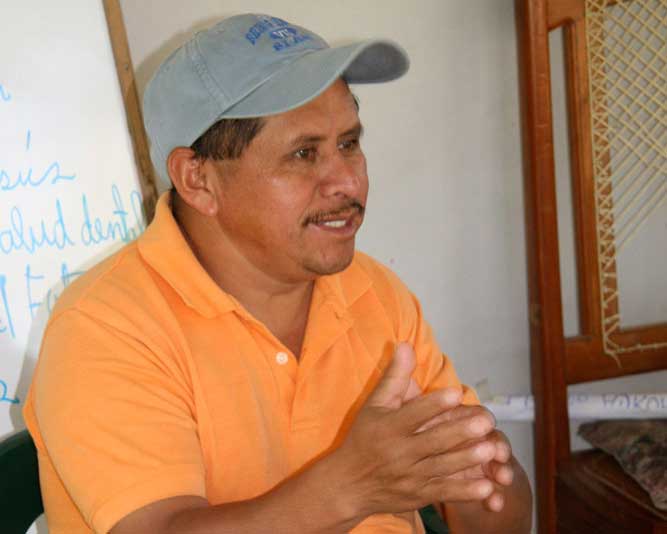
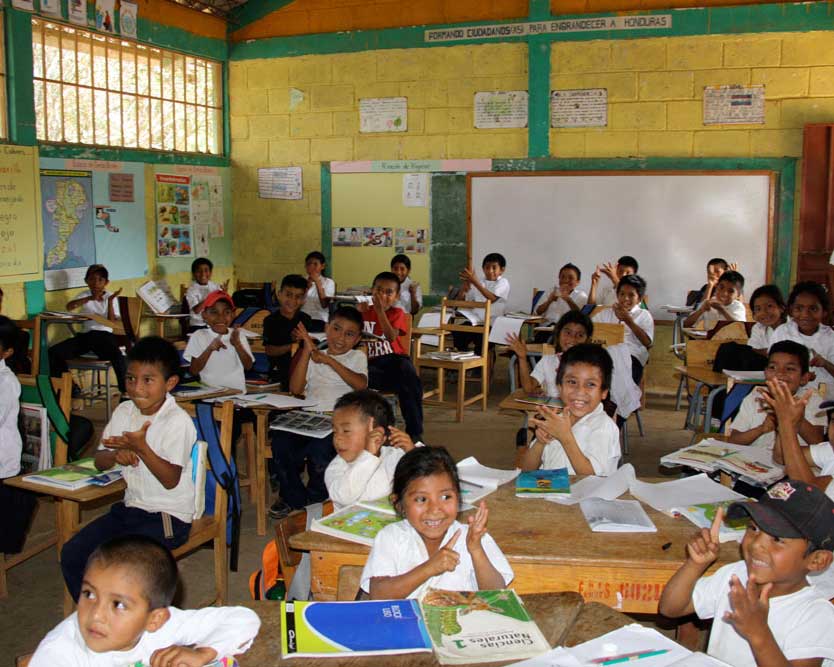
La Semilla is currently training men and women leaders in practices of sustainable agriculture in 3 large Municipios of the Honduran state of La Paz: Santa Ana (11 communities, Cabañas (4 communities), and Opatoro (3 communities). In 2024 the program will start work in the Department of Comayagua, a very different part of Honduras. Meambar, Comayagua, will have Tempisque rice plots in 8 new communities.
Ecological farming for Building Resistance to Climate Change
The agricultural promoters of La Semilla del Progreso teach multiple strategies to manage water, conserve and enrich soil, and control pests. Central America is very vulnerable to extremes of weather due to climate change. In the face of erratic weather, too much or too little rain, and weeks that are either too hot or too cold, they are working to provide resiliency and food security.
Families are advised to plant crops that like lots of water and also crops that do well with little. For example, Yuca (cassava) produces edible roots even in very dry weather. Tempisque rice has been shown to be significantly more tolerant than corn to weather extremes such as excessive rain or even hurricanes. It also is somewhat drought-resistant. Taro is a perennial root vegetable of humid regions that grows well with lots of water. For farmers who must grow most of the food their families eat, adding these crops to those presently being planted will increase the family’s food security.

Soil and Water Conservation
La Semilla teaches multiple strategies to manage water, conserve and enrich soil, and control pests. For hillside fields, planting on the contour and making grass filter barriers prevent soil erosion. Grass filter barriers planted on contours can in addition provide nutritious fodder for grass-fed livestock. In a field with many rocks, stone terraces can be built. Farmers implement these water conservation practices to hold rainwater and allow it to sink in slowly. Soil is also conserved by using minimum tillage techniques so that the soil is disturbed as little as possible.
No More Burning!
One very important emphasis is teaching farmers to no longer burn the residue from their crops. This includes the corns stalks, corn husks, and bean plants left after harvest that have commonly been just gathered up and burned. The practice of burning the fields after harvest is very common in Honduras and has many very detrimental consequences. Nor only is valuable organic material being lost, but in Honduras there are many forest fires each year caused by the burning of fields. In dry conditions the fires just get away and spread out of control.
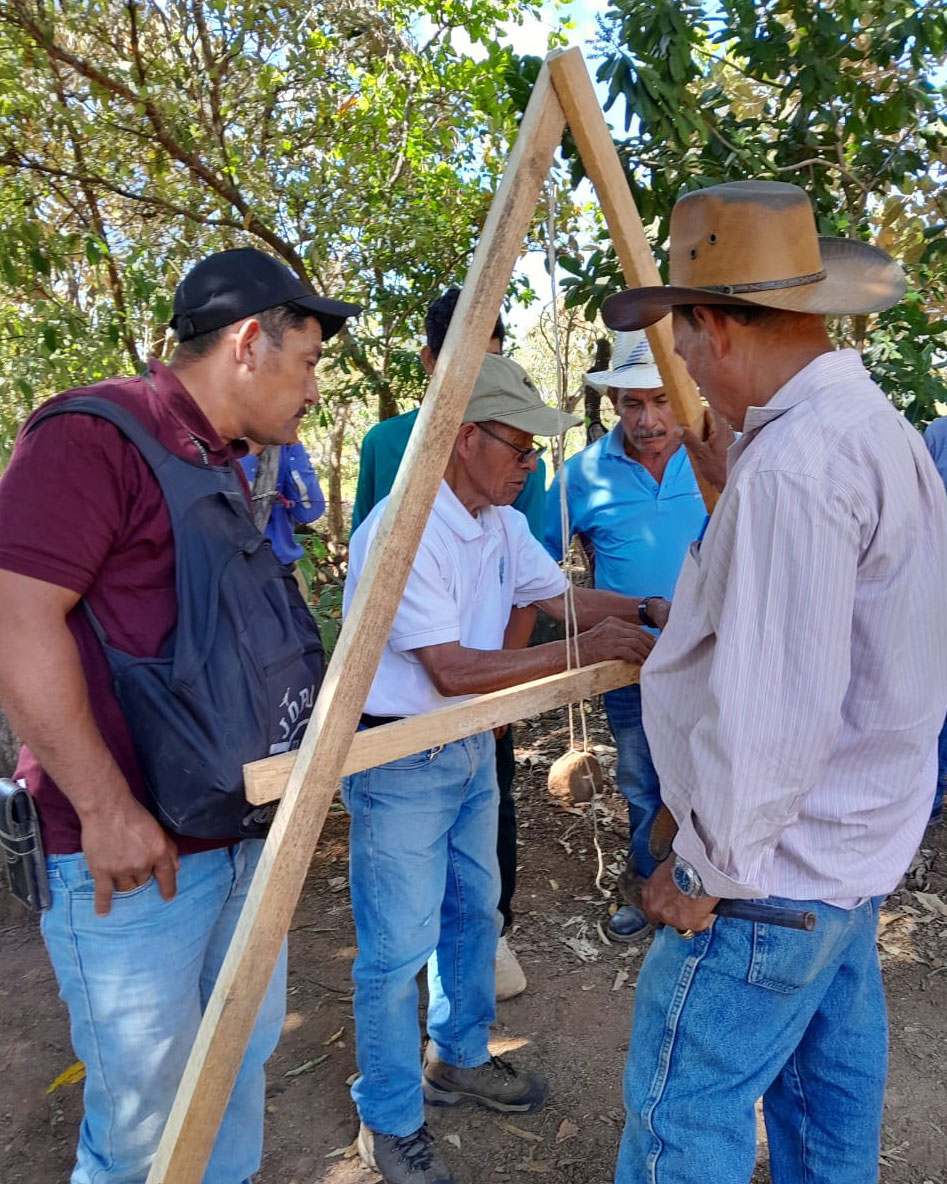

Tempisque Rice Project
In January 2020, Laureano and Patricio Jacobo, Directors of La Semilla del Progreso in Honduras, discovered an unknown upland rice being grown in one remote village called Tempisque. In the spring of that year, the La Semilla program convinced 45 farmers to experiment with this rice. But Hurricanes Eta and Iota hit Central America in November 2020. Corn and bean plants were blown over and most crops were lost. However, the Tempisque Rice swayed in the high winds, liked the extra water, and produced a great crop.
EPIC was intrigued with the possibilities of this rice. The Central America and Mexico region is one of the most vulnerable in the world to extremes of weather due to climate change. Given this vulnerability to weather extremes, farmers in the region need more options to diversify their food crops. Com, the tradition staple food, requires reliable water at specific times during the growing season and it is very susceptible to high winds or too much rain which cause the stocks to fall over and rot. In response to this need for an additional crop that wi produce food for families when their corn failed, EPIC has been engaged in a research project on an upland native rice called Tempisque.
La Semilla purchased 400 pounds of Tempisque Rice seed and it was carried from Honduras to EPIC’s agricultural program partners Guatemala, El Salvador and Mexico. Participating farmers were all given the same amount of Honduran Tempisque rice seed and planting instructions. All plots were standardized as to size. 111 research plots of Tempisque Rice were planted, tended, harvested- vested in the 4 countries. The harvests were weighed and the data recorded.
Harvest results in the 2022 – 2023 harvest demonstrated that having planted 3 pounds of rice seed, l72 pounds of rice were harvested in Guatemala and 208 pounds in Honduras.
Planting fruit trees
La Semilla del Progreso is encouraging the planting of fruit trees with school children and farm families. The selection of the type of fruit to plant is determined by the preferences of the family and the advice of the program leaders regarding the growing conditions and elevation of the farms where the trees are to be planted. The most desired were citrus trees – oranges, lemons, limes, and tangerines. Also very popular were avocados, papayas, and mangos. Planting fruit trees gives families increased availability of nutritious food in a part of the world where food insecurity is a serious problem and improving the nutritional quality of children’s diets is urgently needed. Having abundant fruit is directly related to the program’s efforts to reduce the frequent consumption of candy, soda pop, and other junk foods that are not nutritious and ruin children’s teeth. Mothers need attractive and nutritious alternatives, and Honduras is a good place to grow fruit. The weather is warm, and if a family can plant several kinds of fruit, they can have fruit year-round.
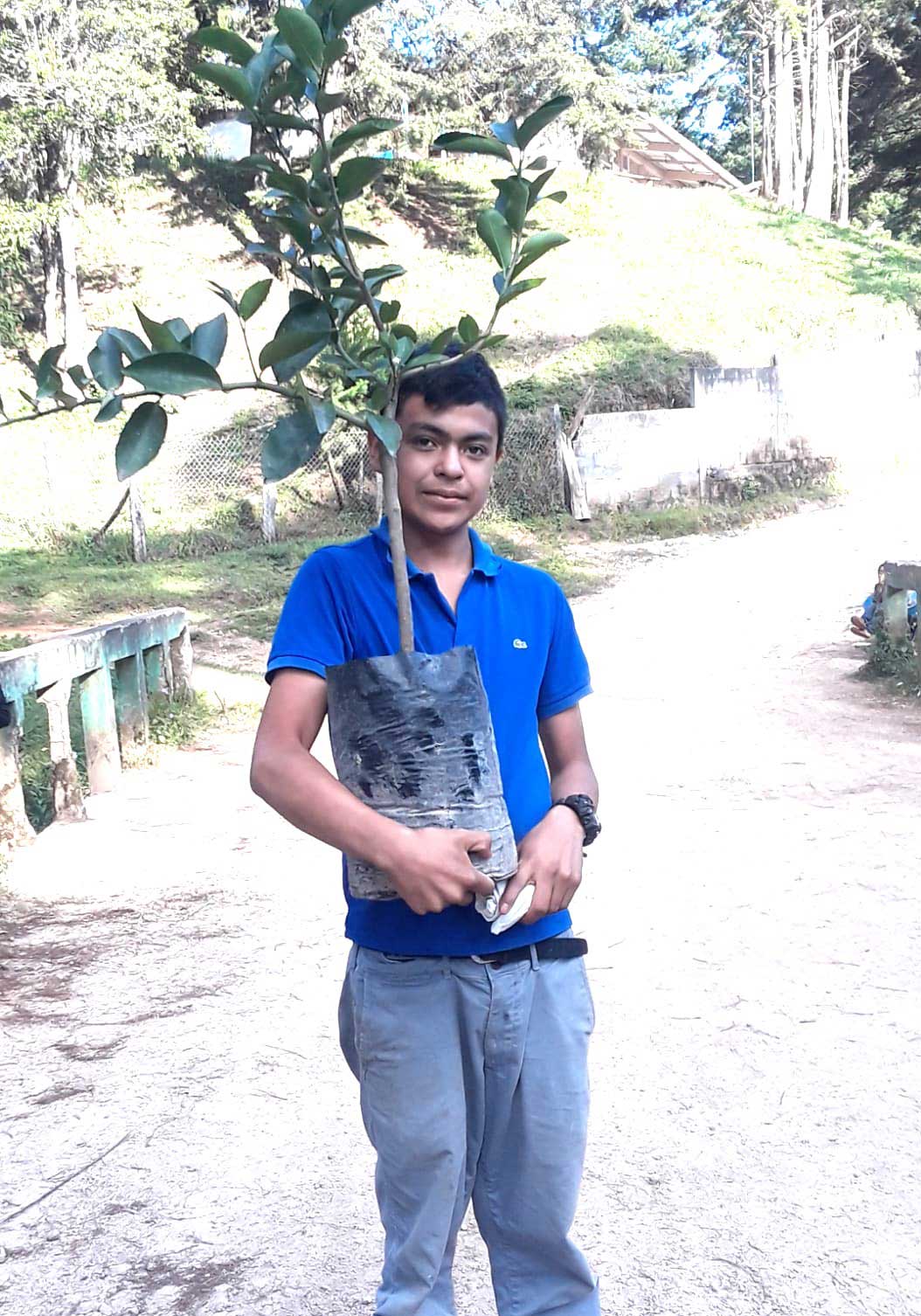
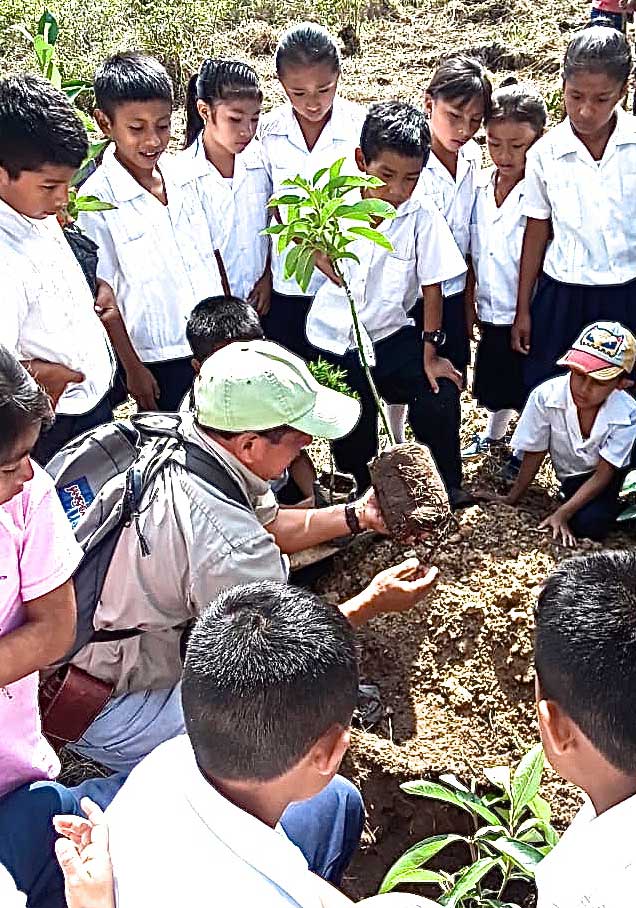
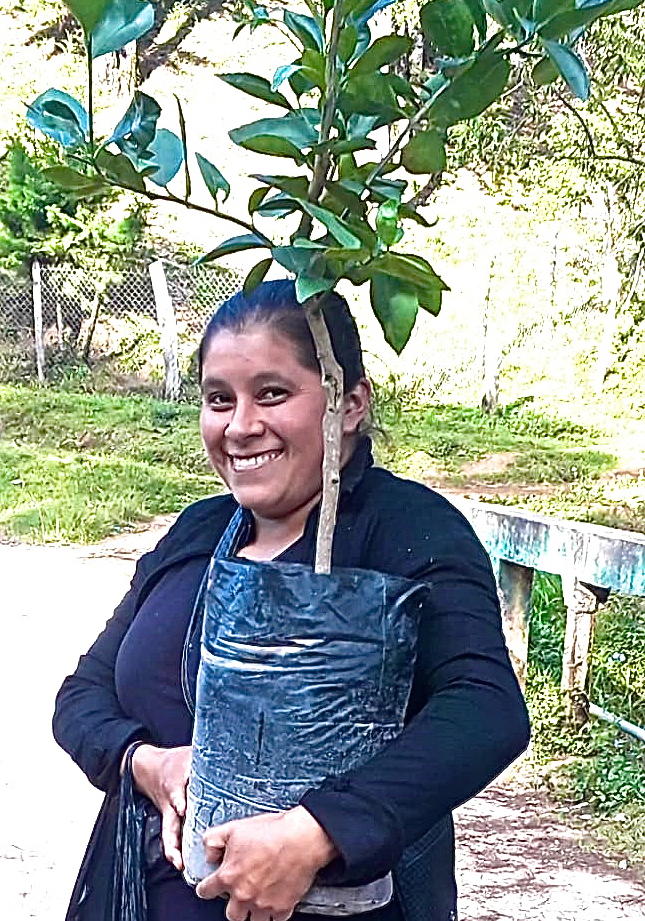
Working with youth to prevent emigration
Honduras is the poorest county in Central America, and for many youth, opportunities for education or employment are nonexistent. The greatest number of unaccompanied minors arriving in the US now come from Honduras. La Semilla is working in very poor rural areas to give teens from farming backgrounds new hope and the necessary skills to someday support their own families. They are taught multiple strategies to manage water, conserve and enrich soil, and control pests – all without needing to buy agro-chemicals. Given that these teenagers will never have more than a few acres, they learn very intensive and sophisticated farm management. This agricultural training, plus the inspiration provided by La Semilla, has restored the term “farmer” to be a viable vocational option for many teens, proving the success of the La Semilla’s work with youth.



